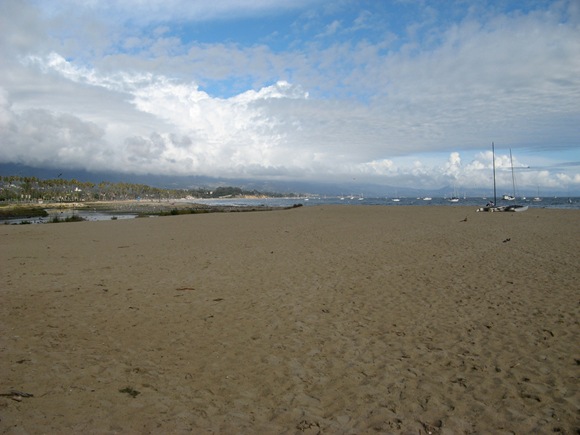“Content-aware” image resizing — the ability to stretch images without distortion — is all the rage. vade covered the technology at last summer’s SIGGRAPH, and we’ve since seen publicly-available tools. But the New York Times musters an entire feature story on the topic (now it’s definitely mainstream), complete with a monster round-up of tools.
Thanks to Emmet for the tip!
Stretching the Truth Just Became Easier (and Cheaper) [NY Times; free registration required]
And the tools:
Liquid Rescale, free for use online or as a GIMP plug-in
Liquid Resize, free standalone Windows app
onOne Software, apparently commercial product forthcoming
RSizer, free Flash tool for resizing
IntuImage, Windows-based image editor
And, while you’re at it:
VectorMagic, free Web vectorization tool
Microsoft GroupShot, for merging images (and incidentally, there are some surprisingly hot image-merging tools in Windows Live Gallery for XP/Vista — really. Occasionally, though not nearly often enough, Microsoft notices how insanely cool their R&D people are.)
Okay, so there are a lot of free tools out there for doing cool stuff. The Times suggests this might pose a threat to the hegemony of Photoshop, except that I think Adobe’s sales are fairly safe with all the people who need gorilla-sized programs for image editing — and consumers have long had lightweight alternatives, even since the earlier days of Adobe.
And I did have good fun stretching my snapshot of the Santa Barbara shoreline above.
But here’s what’s missing from this picture: motion. And being that that’s the mission of this site, I think this will all get really interesting when we see two things:
Real-time processing: Finding the stitch/seam points is processor-intensive (well, maybe not as slow as it is in Flash in RSizer, but slow nonetheless). But you can pre-process still images. That means it should be absolutely possible to manipulate images using this technique for live motion. My beach wouldn’t make a terribly great visualist performance, but I’m sure you could find something fun.
Video: vade suggested when we first saw this that this could revolutionize changes of aspect ratio. And lest you think that sounds too processor-intensive, look at the new motion analysis features of tools like Apple’s Motion, which churn through video with growing speed. Finding these seams would appear to take a lot of pixel crunching, so this could be a ways off. But I don’t think it’s necessarily impossible — especially if an algorithm could be developed simplifying the technique for this purpose.
Anyone with data algorithm chops, though, let me know if I’m nuts.

